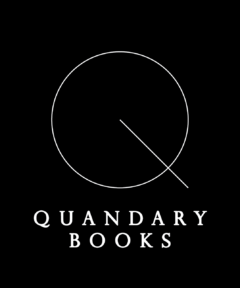Thanks to the support of Arts Council England, the National Heritage Memorial Fund, the Art Fund, and generous Friends of the Museum, Derby Museum and Art Galley has recently acquired the important Joseph Wright self portrait, showing him as an artist at about the age of 40. Wright had originally given it to his friend Thomas Coltman by way of thanks for his support for his Grand Tour of Europe, and it had remained in that family ever since, only becoming available thanks to HM Government accepting it in lieu of Inheritance Tax.
What is of particular interest here is the fact that the portrait was painted on the back of a Sketch or Study for Wright’s Experiment on a Bird in the Air Pump. There are indications that this canvas was cut down when it was reused, and in fact if it is rescaled it can be matched quite closely to elements in the final painting. However the area which would have carried the figures on the left of the final painting no longer exists. (There is a hint at the edge of the blueish dress of the young woman in the final painting.) The acquisition has provided an occasion to revisit the previous mini-monograph in this series.
I now realise that the widespread previous assumption in the literature that the dramatically dressed figure on the left was intended to be Wright’s friend Thomas Coltman (with his bride to be) does not stand up to close examination. This previous assumption has been corrected in Matthew Craske’s recent major work Joseph Wright – Painter of Darkness, and his identification of the figure instead as Peter Perez Burdett is corroborated in Stephen Leach’s major biography which shows for the first time the extraordinary life of Wright’s friend. The fact that Burdett is thereby shown to be implicated in all three of Wright’s major ‘scientific paintings’ and that such paintings ceased after Burdett left to work for the Margrave of Baden, is very significant.
It now seems very probable that the young woman gazing adoringly at Burdett in the painting is actually the singer Friedrike Kottowsky, who became a young companion of Burdett’s wife, the much older Hannah Wansell. Friedrike travelled with them to Baden, where she became the mother of Burdett’s child and subsequently his second wife after Hannah’s death.
This implies that if the painting was intended to depict and interpret an actual occasion then this occurred in 1767 during the period when Wright was exhibiting at the Society of Artists Exhibition, Burdett was securing the Royal Society of Arts Prize for his Map of Derbyshire and was trading at Sam’s Coffee House near the Royal Exchange, while Friedrike was beginning her public career as a singer and lodging with the composer, Thomas Arne. It is extremely probable that their shared love of music would have drawn them together in London.
The architecture of the room in which the ‘Experiment’ is being performed shows the kind of triangular, pointed pediment above an inner doorway which is an internal characteristic only of the grandest of the contemporary Palladian mansions. The distant view of a Church Tower across fields which seem to show hedges and ditches as well as a number of nearby trees, which is dimly visible through the bottom panes of the window, should help to narrow down the possibilities in the way which was attempted in the first edition of Experimentising the Bird in the Air Pump. Unfortunately some other indicator appears to be needed to narrow down the range of possibilities decisively – if indeed the painting (as originally sketched) depicted an actual occasion. Thus far, searches through newspaper lecture advertisements and images of the grounds and interiors of Palladian mansions in the London area have yielded nothing sufficiently convincing to make a new edition worthwhile.
However for the moment the mini-monograph discussing this painting is being withdrawn, since I am now sure the apparently ‘amorous couple’ were wrongly identified and indeed the involvement of Peter Perez Burdett is perhaps the one thing one can be sure about.
Jonathan Powers 10th August 2022

The YouTube video which accompanies the new exhibition ‘Wright of Derby – From The Shadows’ (2025/26) still insists the two figures are Mr. & Mrs. Coleman.
Omitted to say the Exhibition is at the National Gallery and is on until 10 May 2026.